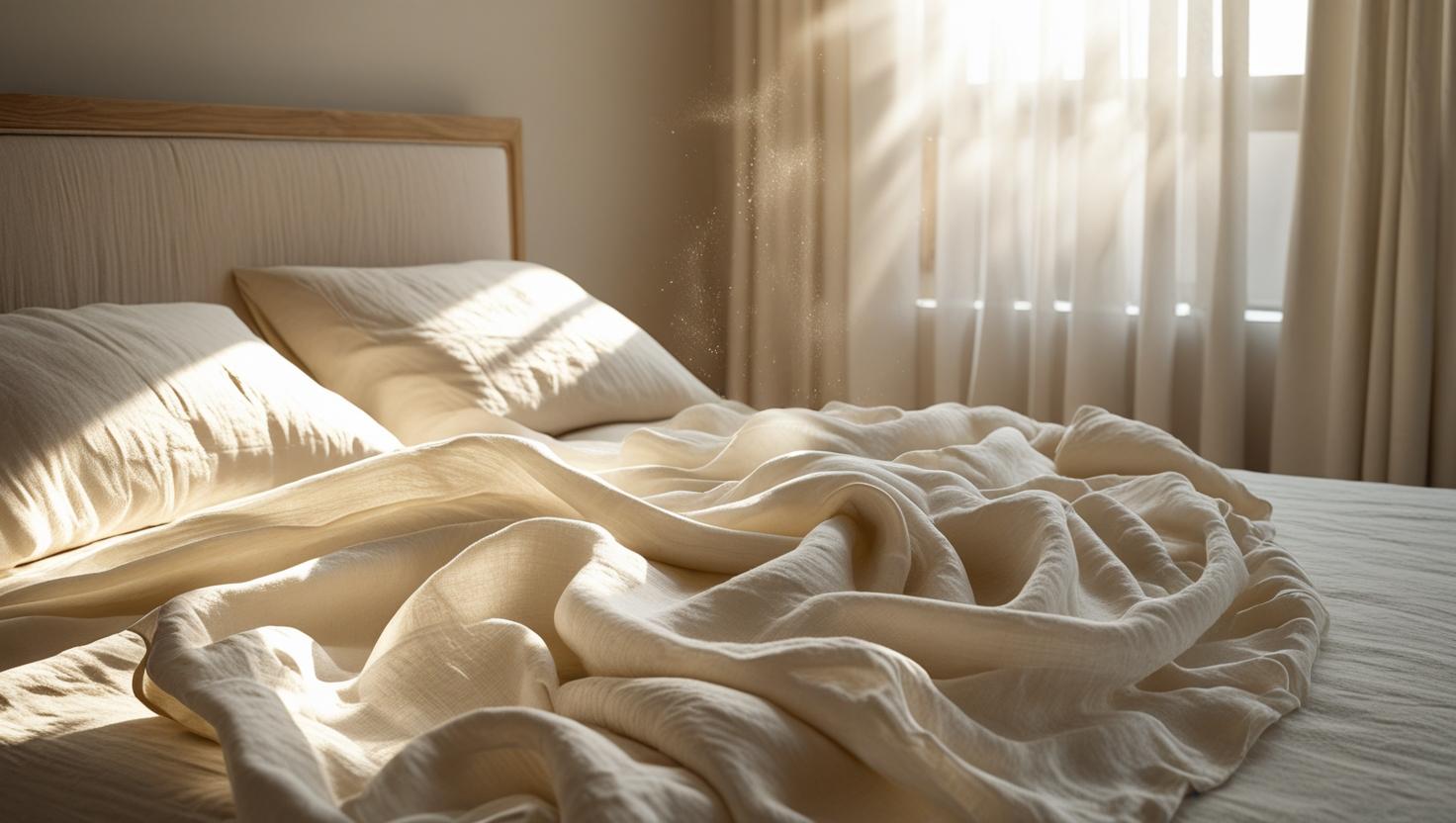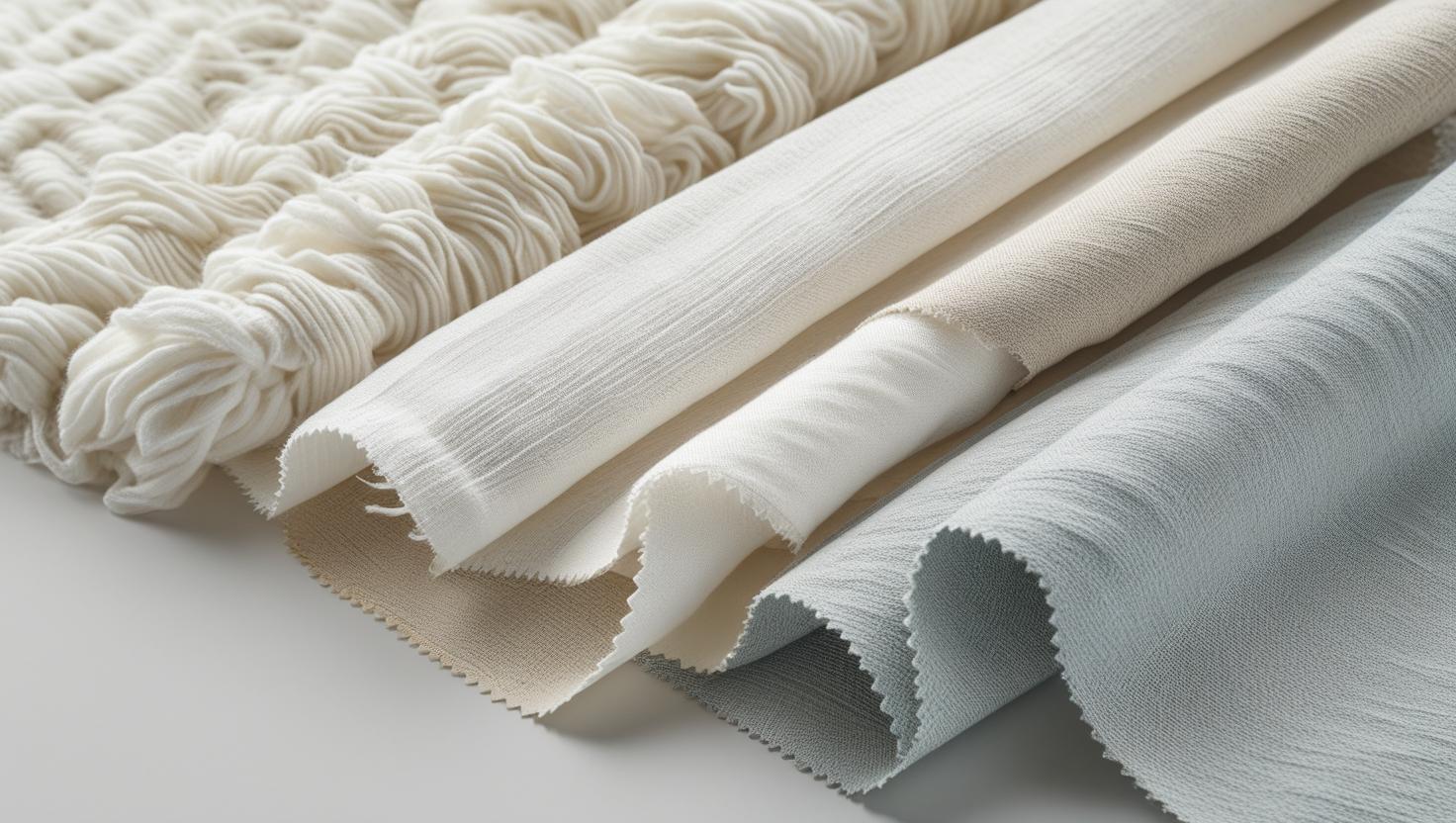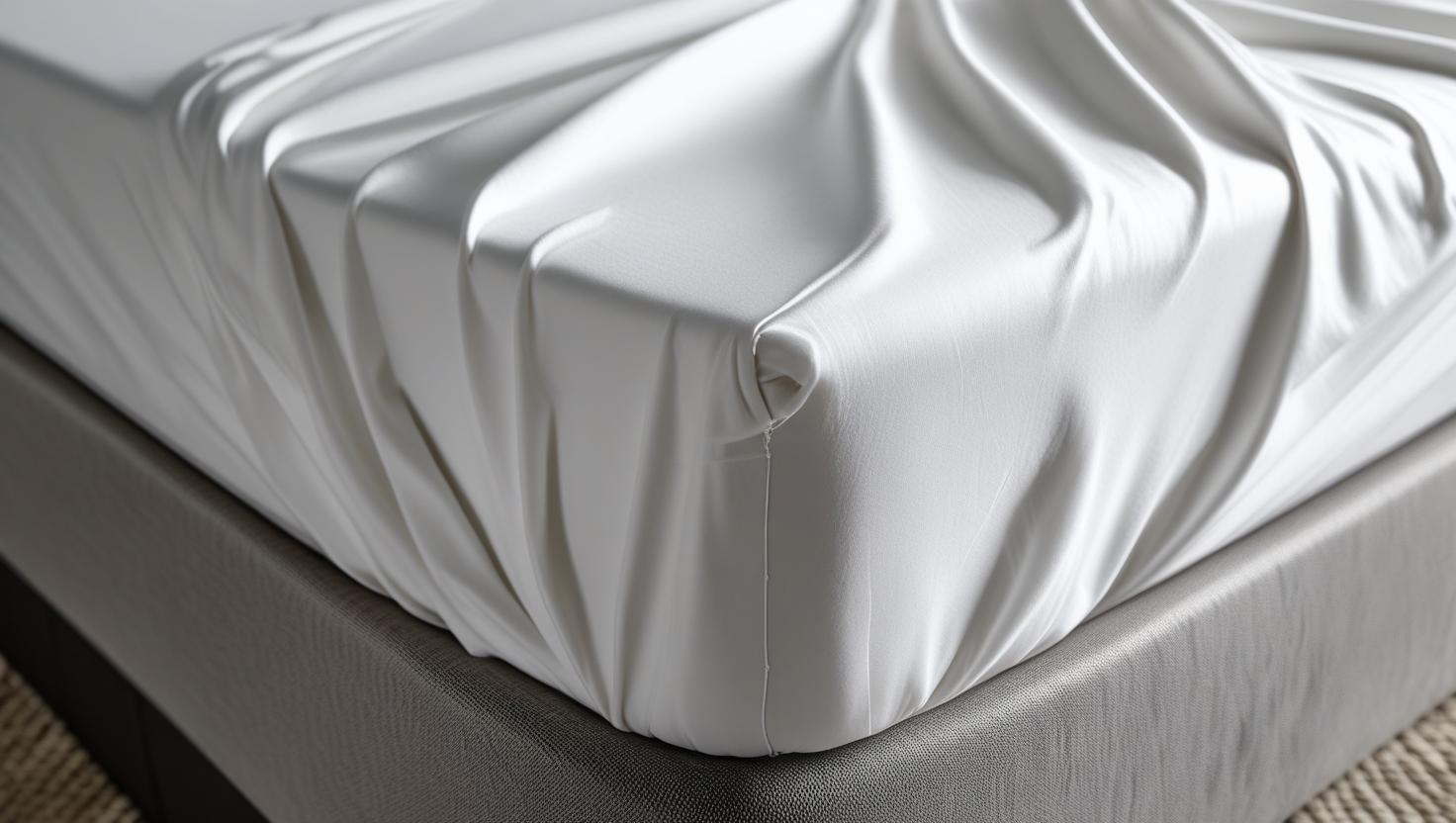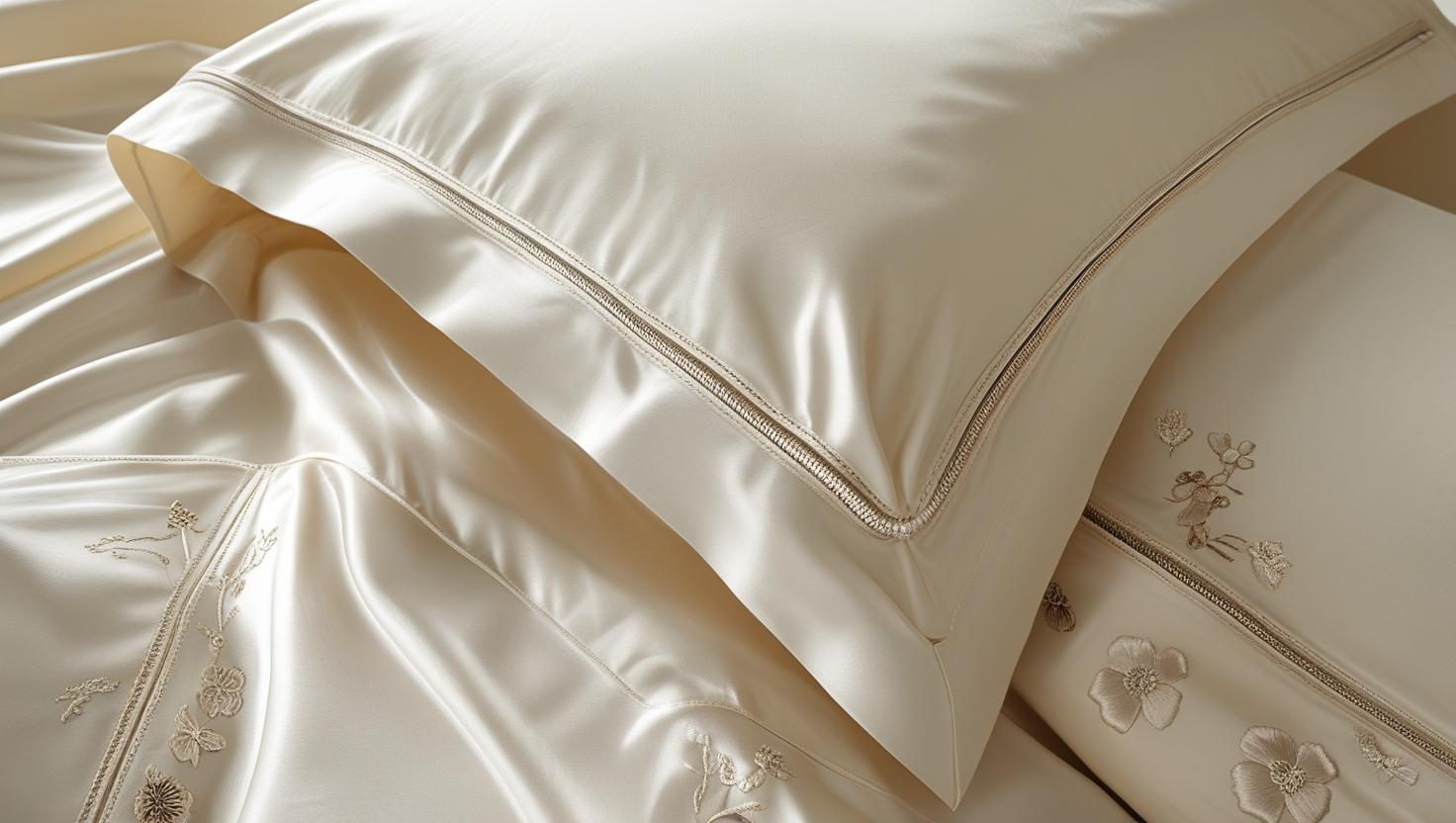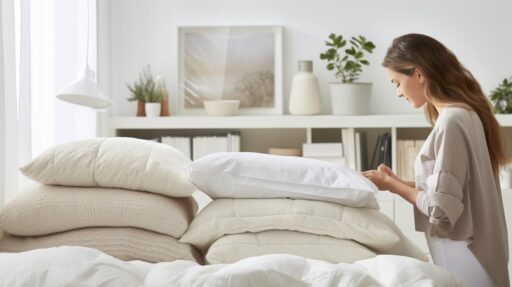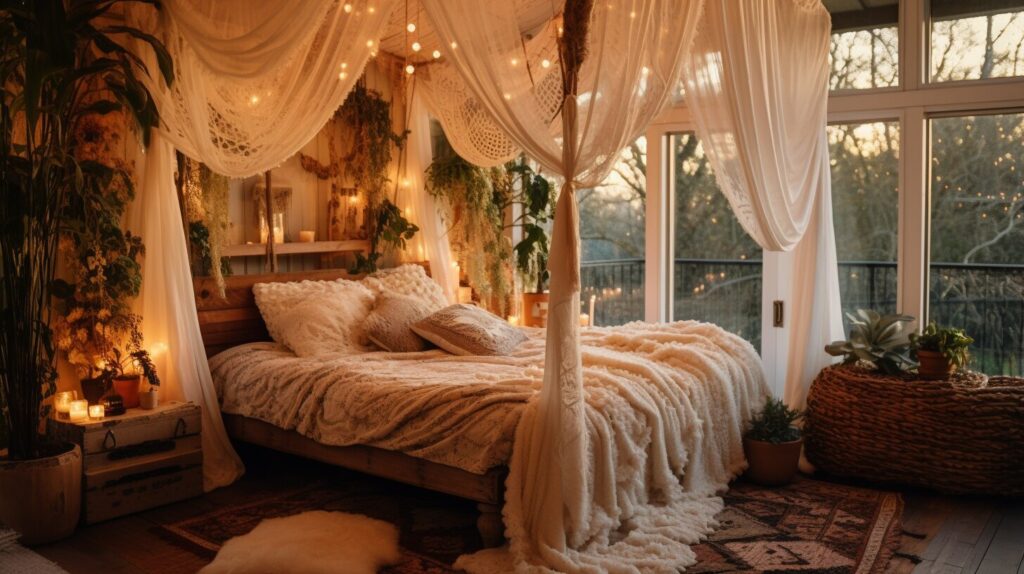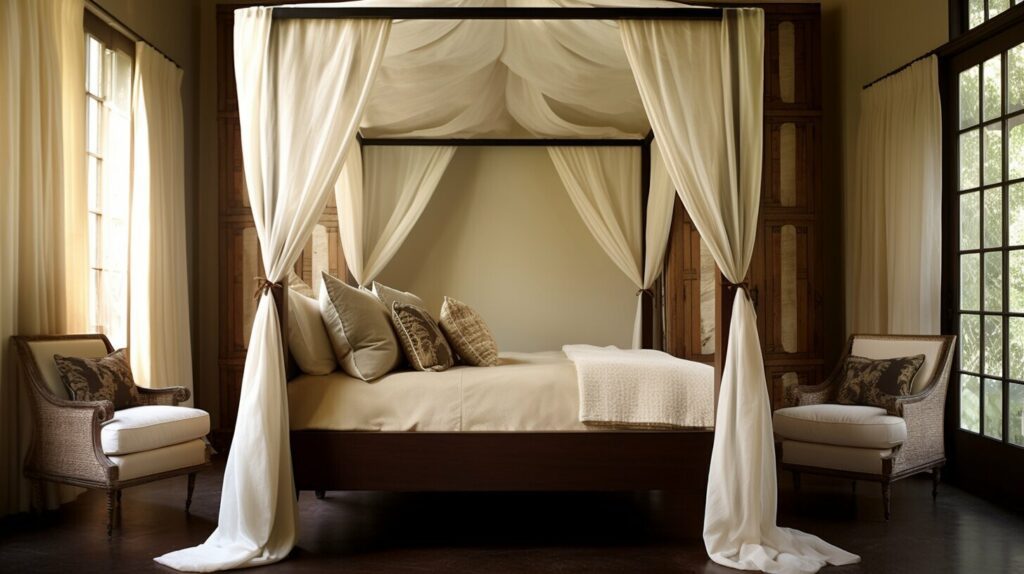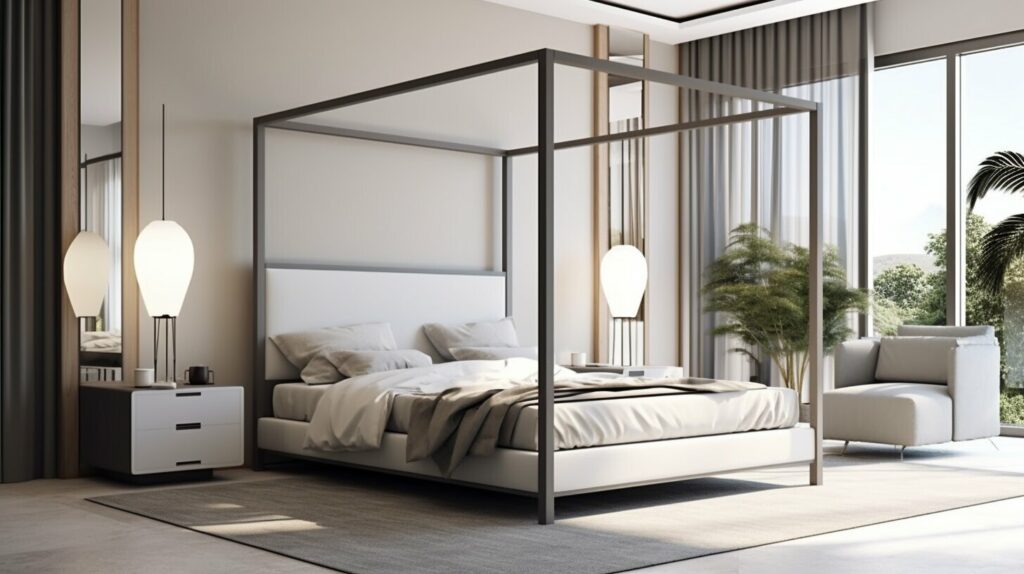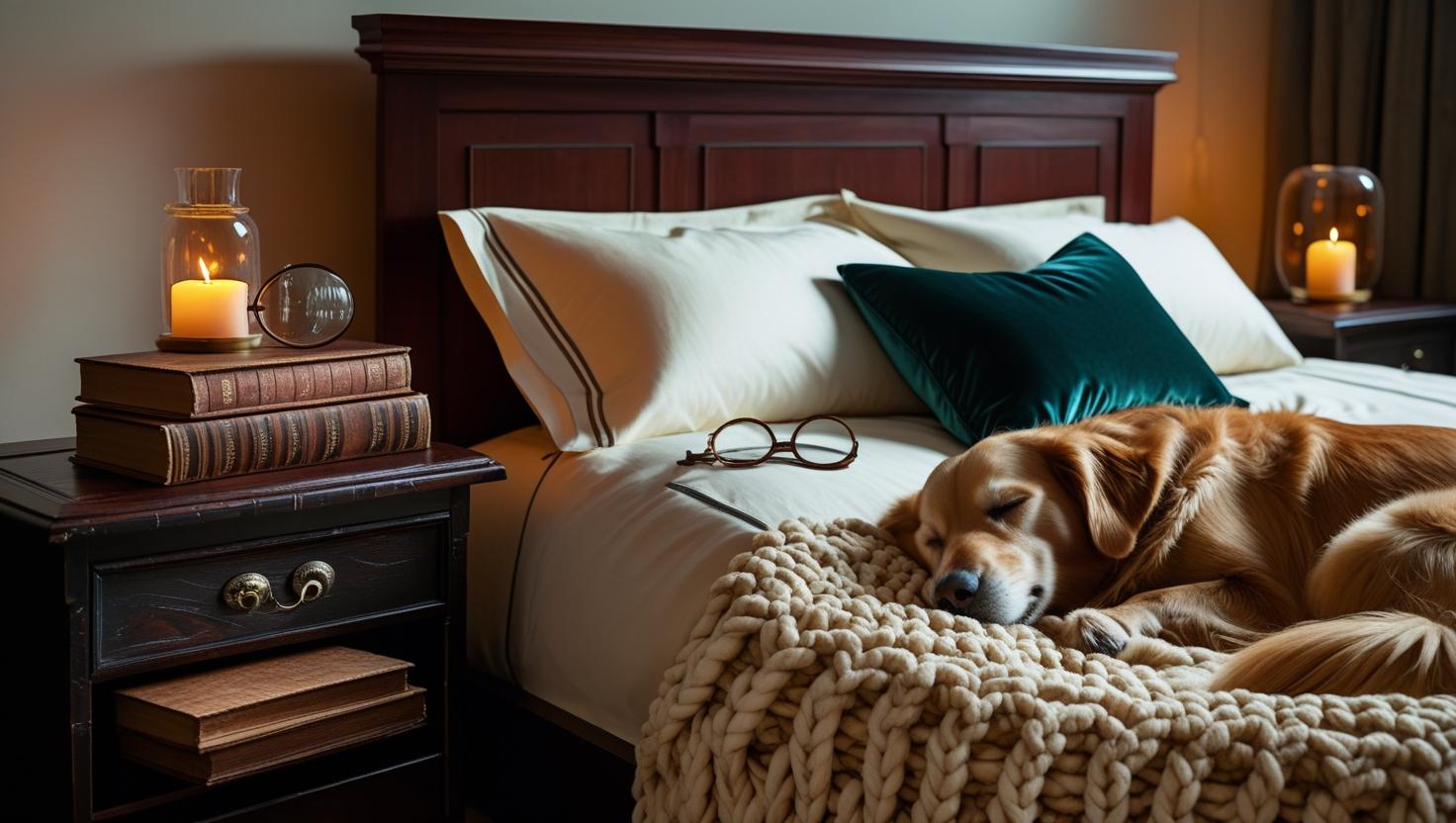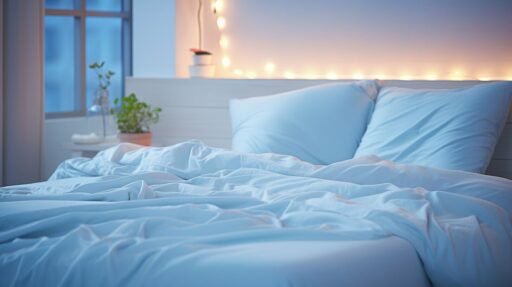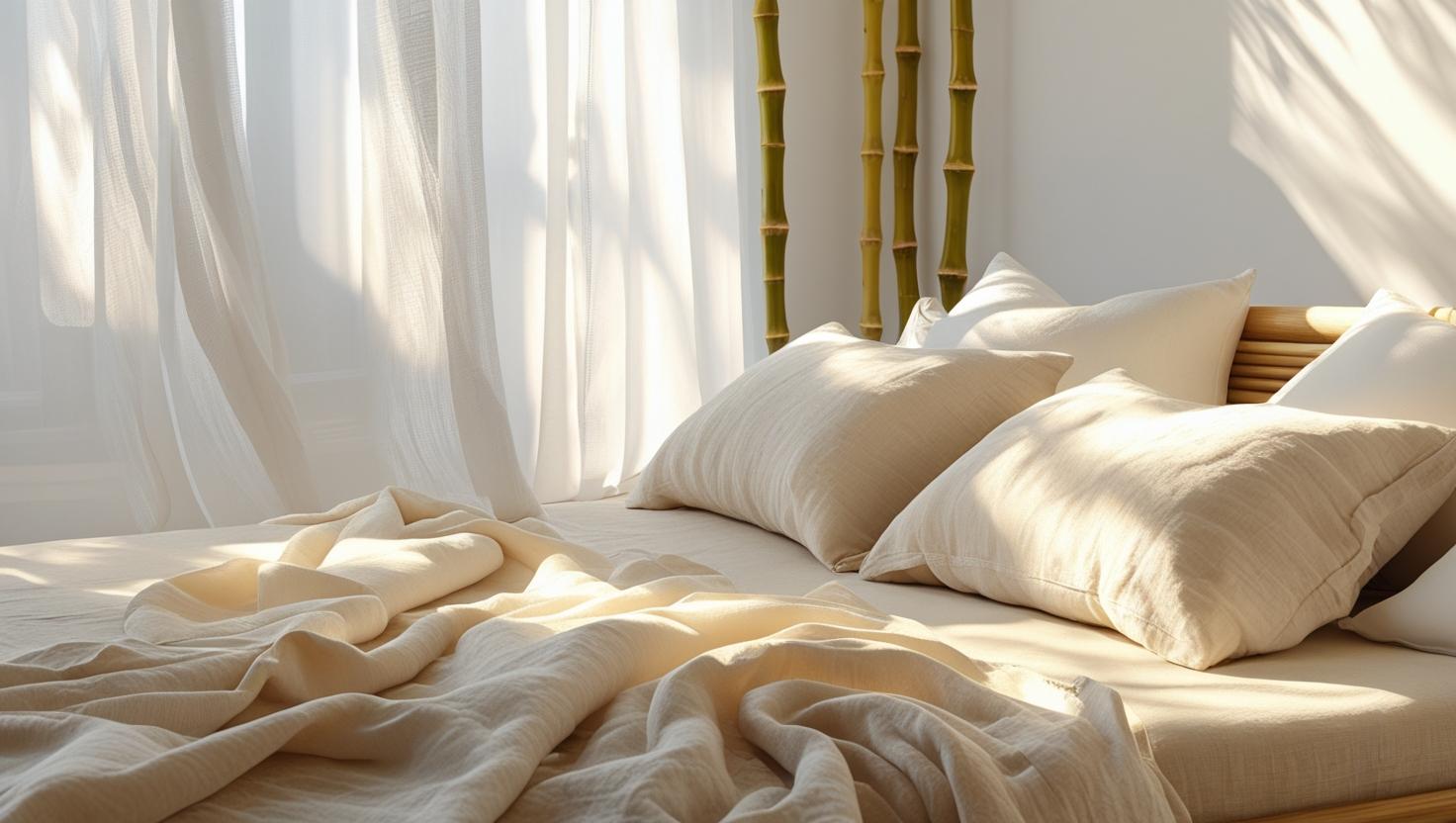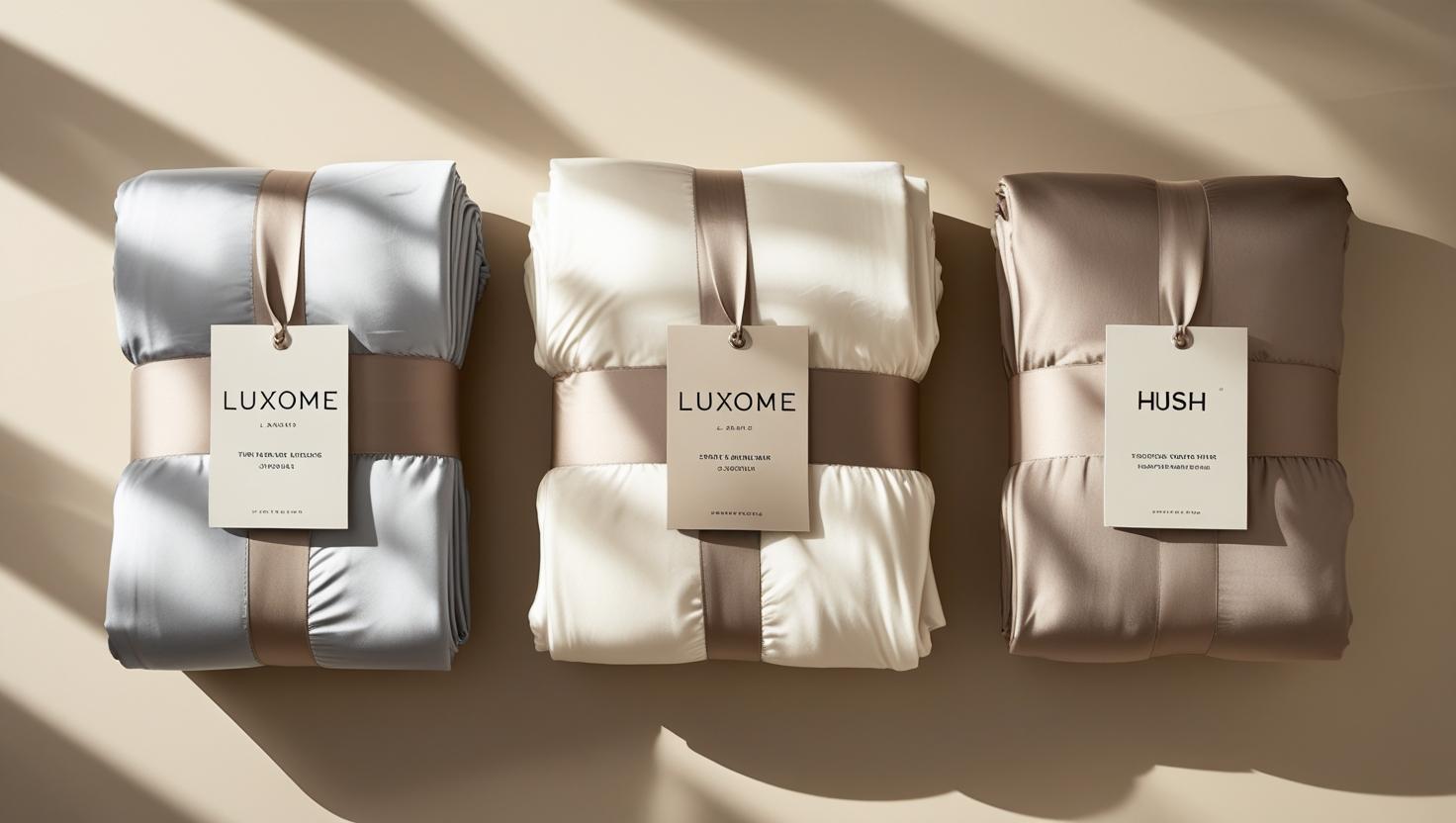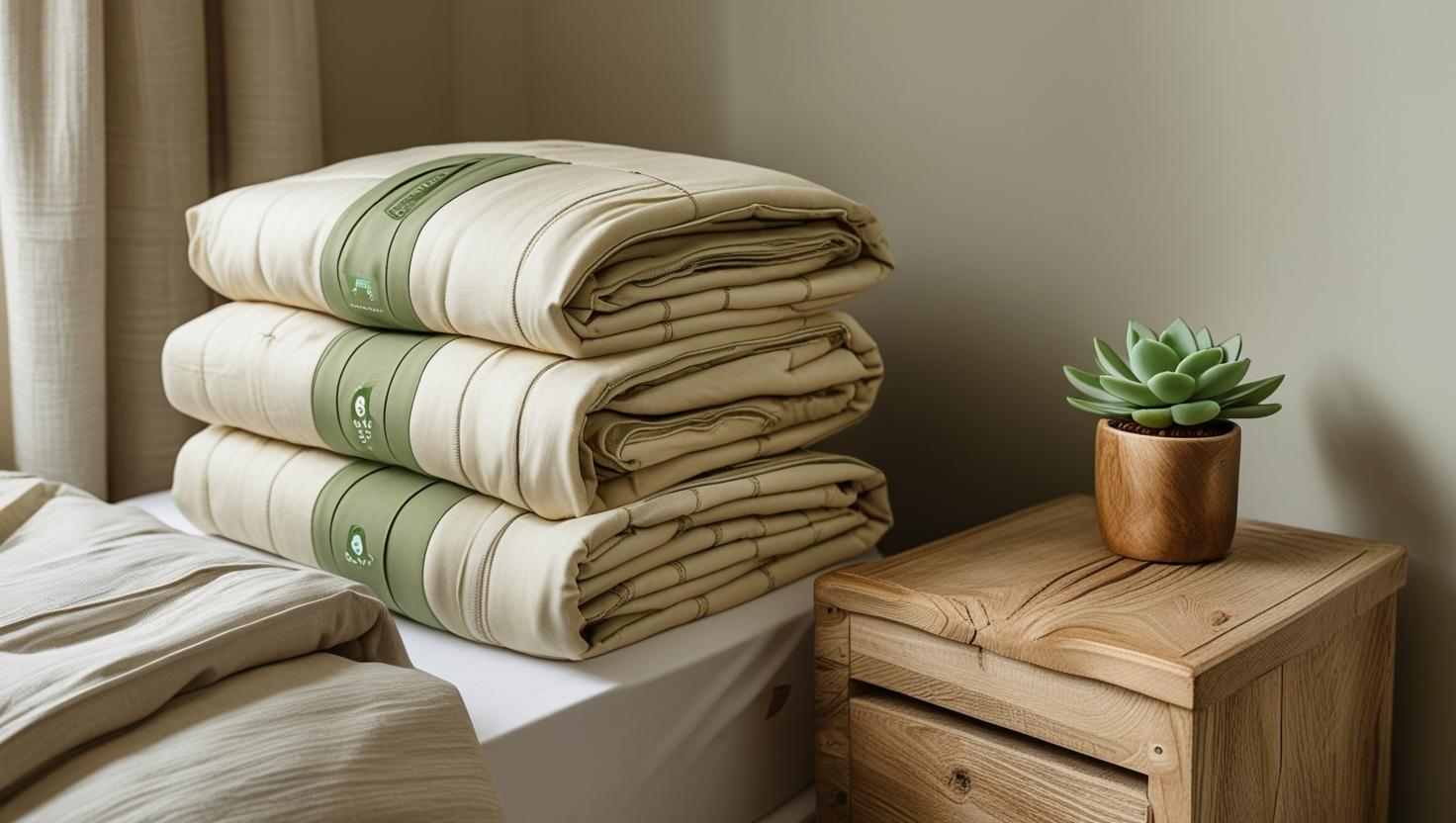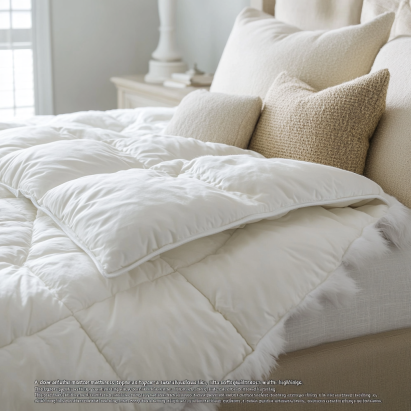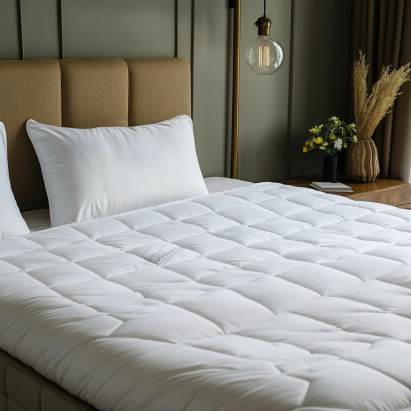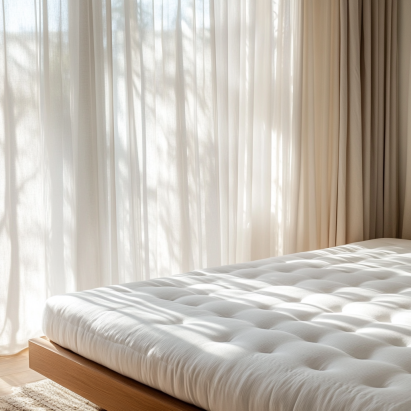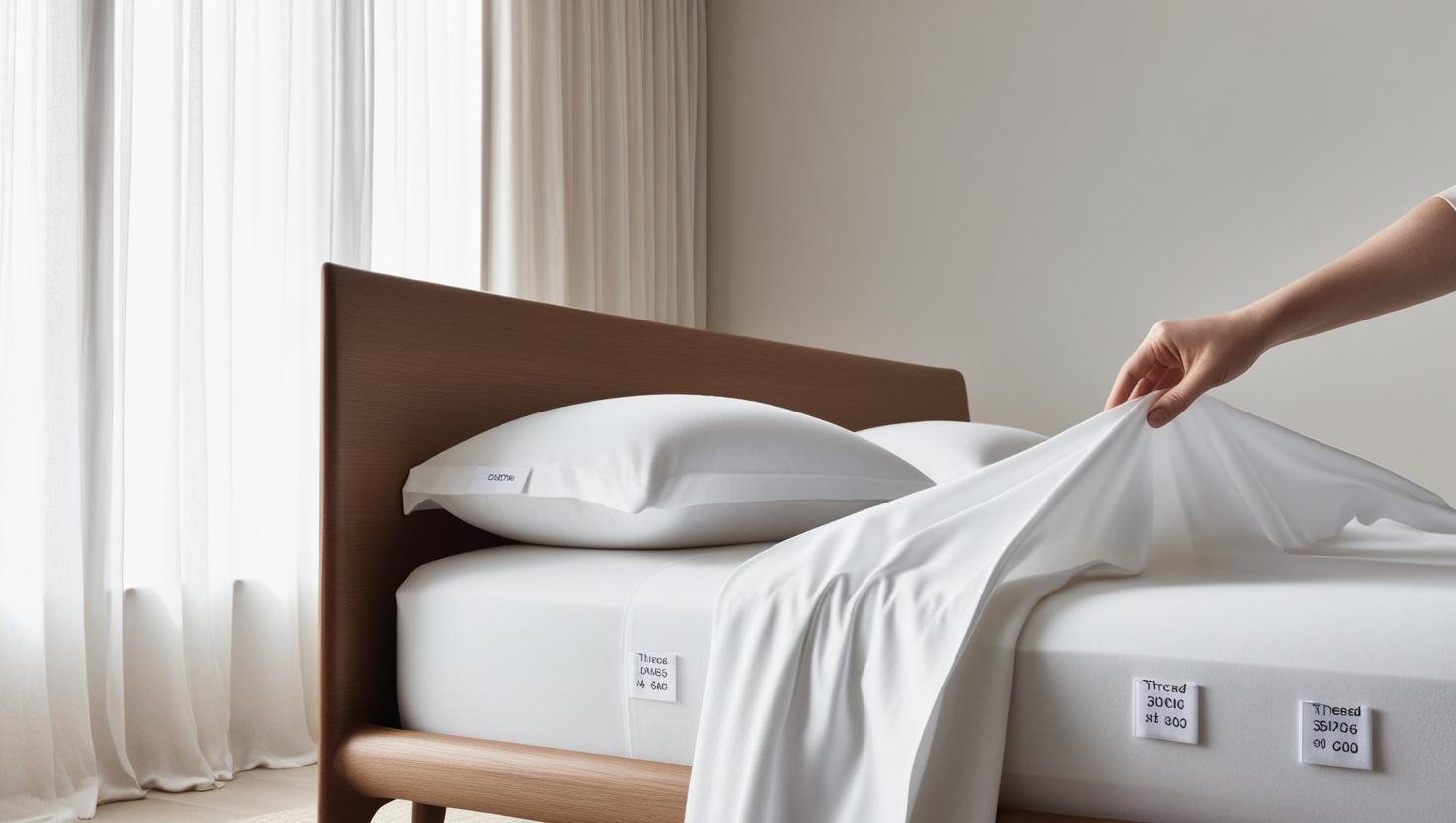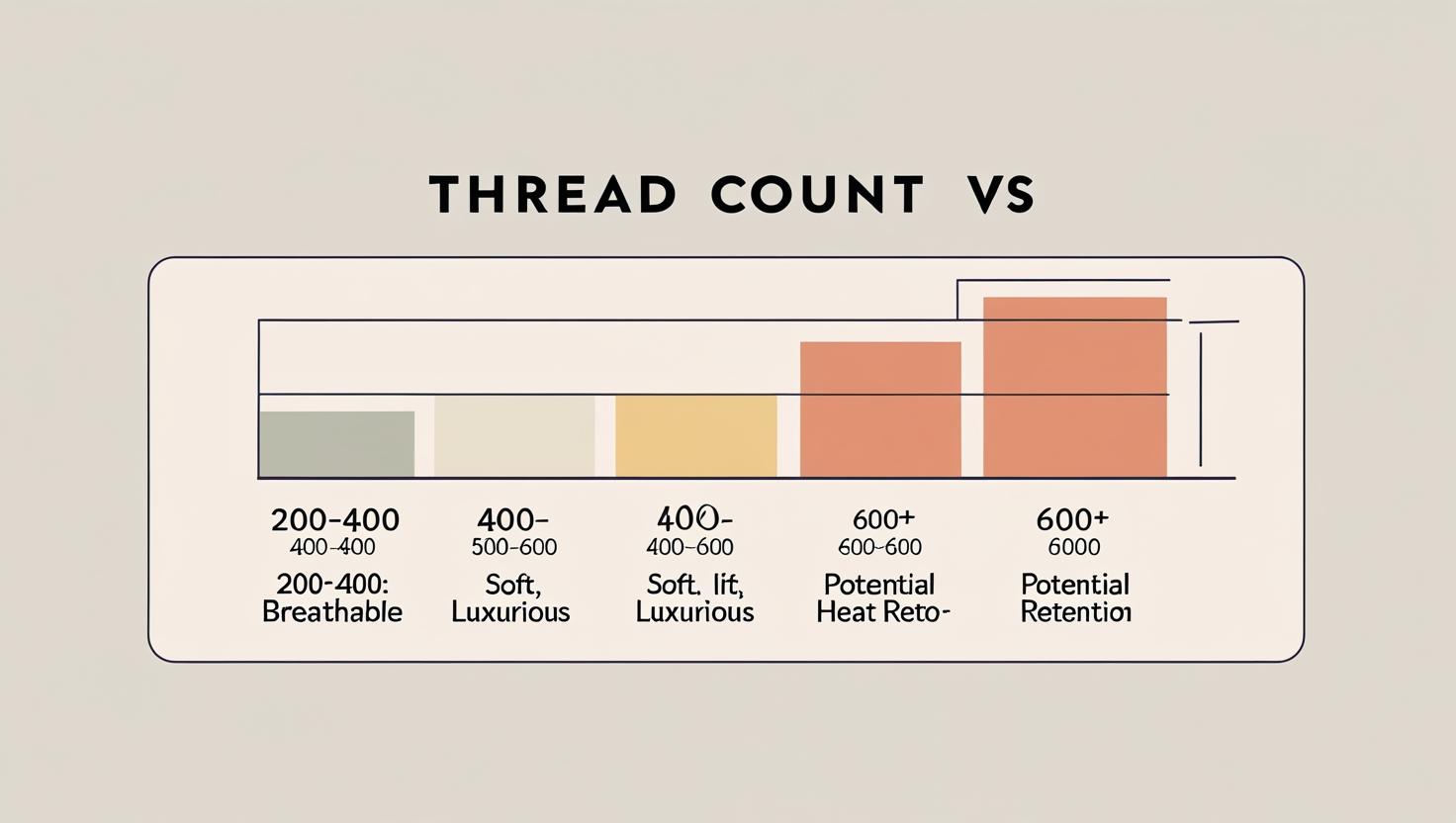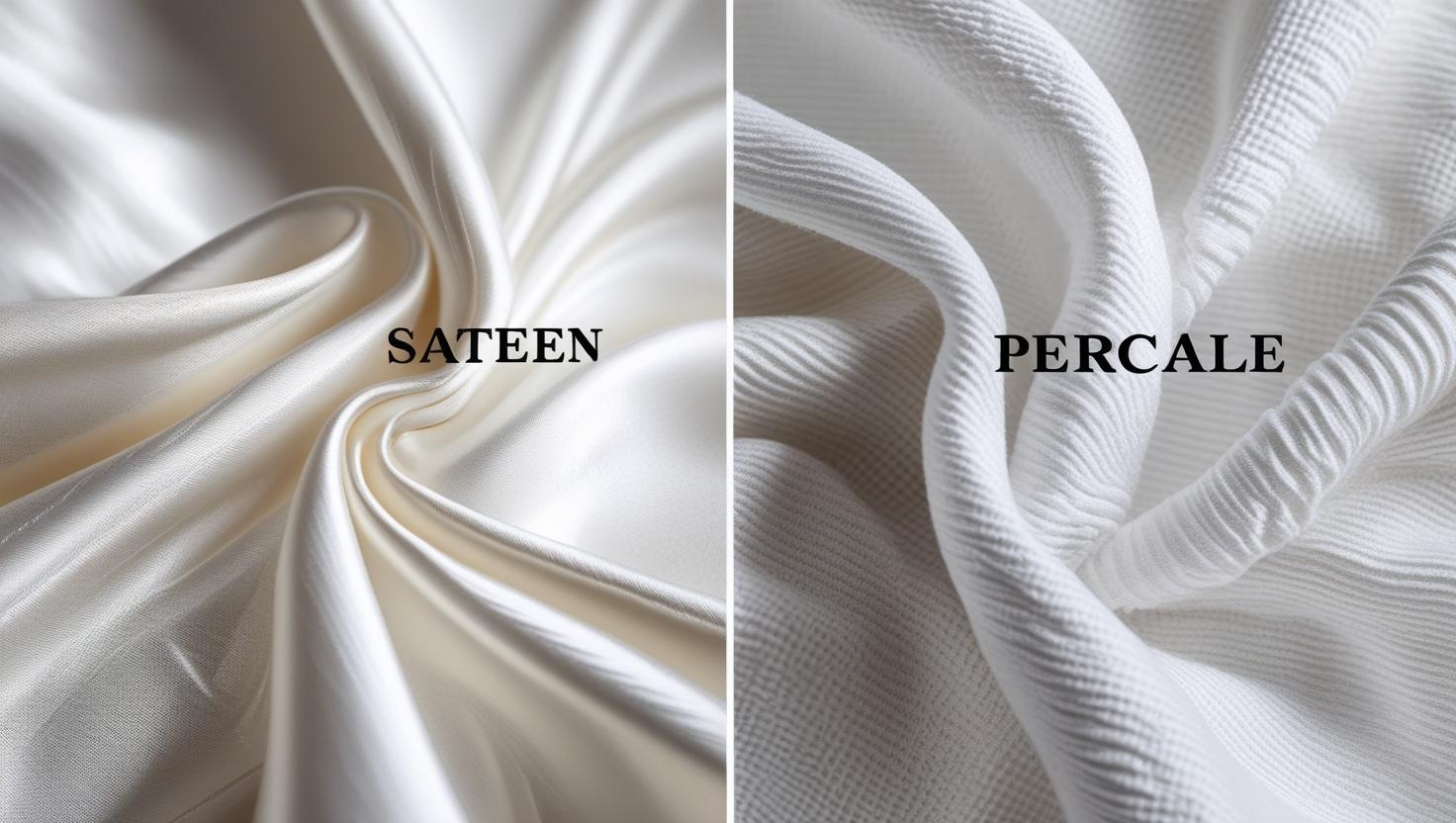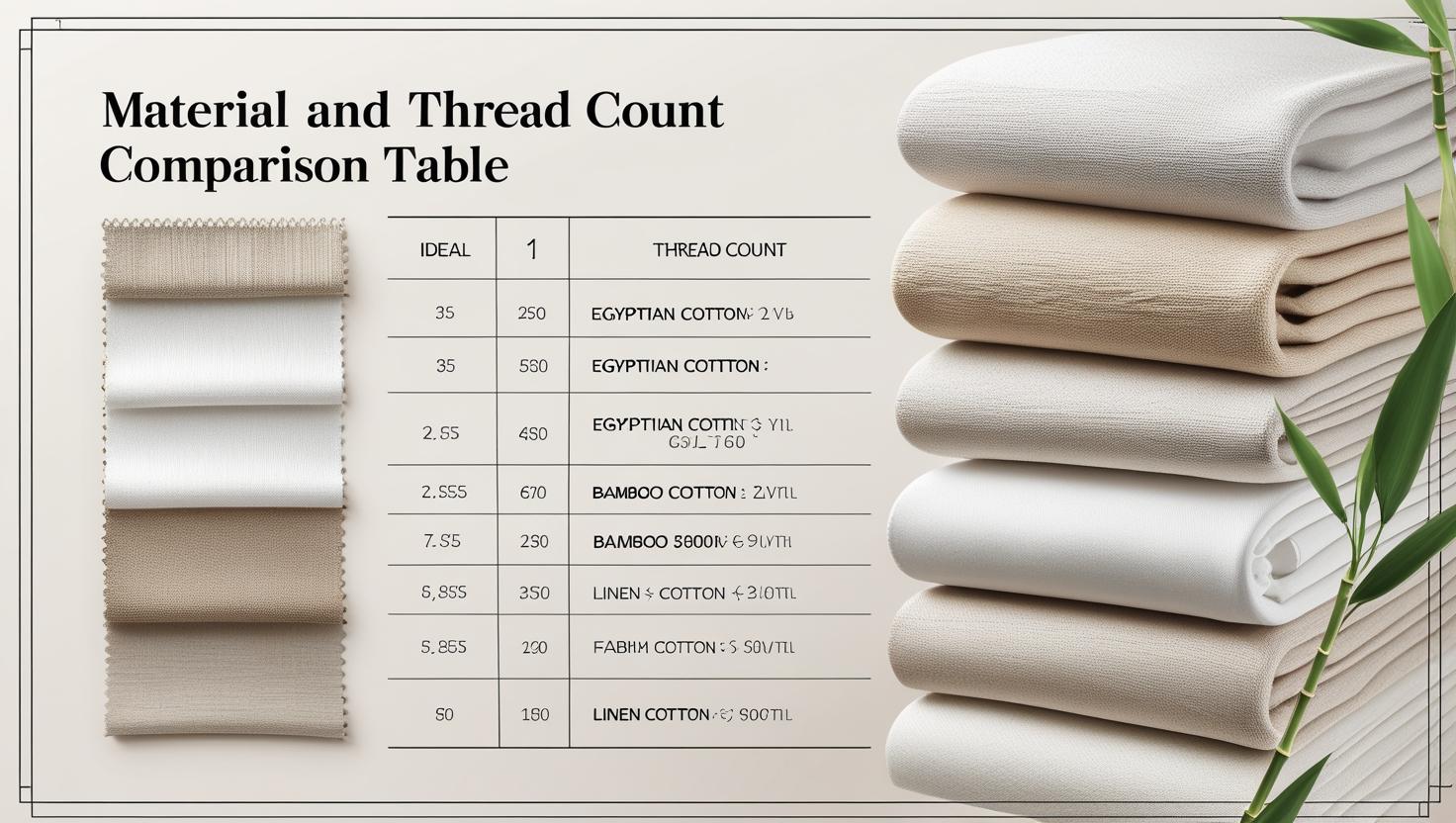How Mattress Firmness Affects Your Sleep Quality and Comfort

Understanding the relationship between mattress firmness and sleep quality is essential for achieving a restful night’s sleep. Sleep disturbances are a common issue, with 15-30% of adults reporting sleep disorders. Low back pain has been identified as a major cause of poor sleep quality. That’s where mattress firmness comes into play.
The science behind mattress firmness and sleep quality is a topic of interest in the field of sleep research. To investigate the association between different mattresses and sleep quality, a systematic literature review was conducted on articles published between 2000 and 2019. The review included 39 qualified articles.
The findings suggest that a medium-firm mattress promotes comfort, sleep quality, and spinal alignment. Additionally, specific mattress characteristics like air overlay systems or temperature variation can contribute to pain relief and improved sleep.
Key Takeaways:
- Selecting the right mattress firmness is crucial for optimal sleep quality.
- 15-30% of adults report sleep disorders, highlighting the importance of addressing sleep disturbances.
- Low back pain is a major cause of poor sleep quality.
- A systematic literature review found that a medium-firm mattress promotes comfort, sleep quality, and spinal alignment.
- Specific mattress characteristics, such as air overlay systems or temperature variation, can contribute to pain relief and improved sleep.
By understanding the science behind mattress firmness and sleep quality, you can make an informed decision to enhance your sleep experience and overall wellbeing.
The Effects of Mattress Firmness on Sleep
The level of mattress firmness you choose can significantly influence the quality of your sleep. Research has shown that finding the right balance between comfort and support is crucial for a restful night’s sleep. When it comes to mattress firmness levels, there is no one-size-fits-all solution. Different individuals may have varying preferences based on their body type, sleep position, and personal comfort preferences.
According to a systematic literature review conducted on mattress firmness and sleep quality, a medium-firm mattress has been found to promote comfort, sleep quality, and spinal alignment. This level of firmness offers enough support to keep the spine properly aligned while still providing a comfortable sleeping surface.
However, it is important to note that individual preferences may vary. For some people, a firmer mattress may be more suitable, especially for those who prefer sleeping on their stomach or who have a higher body weight. On the other hand, those who prefer sleeping on their side or who are lighter in weight may find a softer mattress more comfortable.
Factors to Consider when Choosing Mattress Firmness
When selecting the right mattress firmness for your needs, it is essential to consider various factors:
- Sleep Position: Your preferred sleep position plays a significant role in determining the level of firmness that will provide optimal support. For example, side sleepers may benefit from a medium to medium-soft mattress, while back and stomach sleepers may find medium to medium-firm mattresses more suitable.
- Body Weight: Body weight can affect how much sinkage and support your body needs. Heavier individuals may require a firmer mattress to prevent sinking too deeply, while lighter individuals may find a softer mattress more comfortable.
- Personal Preference: Ultimately, personal preference is crucial when choosing mattress firmness. It’s important to try out different levels of firmness to determine what feels most comfortable and supportive for you.
By considering these factors and understanding how mattress firmness can affect sleep quality, you can make a more informed decision when selecting a mattress that meets your individual needs. Remember, finding the right mattress firmness is an important step towards achieving a good night’s sleep and waking up feeling refreshed.

| Factors | Recommended Firmness |
|---|
| Side Sleepers | Medium to Medium-Soft |
| Back and Stomach Sleepers | Medium to Medium-Firm |
| Heavier Individuals | Firmer |
| Lighter Individuals | Softer |
Choosing the Right Mattress Firmness for Your Needs
Finding the perfect mattress firmness requires considering your unique sleep preferences and physical characteristics. Selecting a mattress with the optimal firmness can significantly enhance your sleep quality and overall comfort. When it comes to choosing the right mattress firmness, there are several factors to take into account.
- Sleep Position: Your preferred sleep position plays a crucial role in determining the ideal firmness level. Different sleep positions require different levels of support. For example, side sleepers may benefit from a slightly softer mattress to relieve pressure points, while back and stomach sleepers typically require a firmer surface for adequate spinal alignment.
- Body Weight: Your body weight also influences the choice of mattress firmness. Heavier individuals may find more support and comfort on a firmer mattress, while lighter individuals may prefer a softer surface for better contouring.
- Personal Preferences: Personal preferences, such as your preferred level of cushioning and firmness, should also be considered. Some individuals may enjoy the plush feel of a softer mattress, while others prefer the firmer support provided by a medium-firm surface.
Considering these factors will help guide you towards finding the perfect mattress firmness for your needs. However, it’s important to note that personal preferences can vary, and there is no one-size-fits-all solution. It’s recommended to test different mattresses or consult with a sleep expert to determine the most suitable firmness level for you.
Expert Quote:
“When it comes to choosing the right mattress firmness, it’s all about finding the balance between support and comfort. Take into account your sleep position, body weight, and personal preferences to ensure a restful and rejuvenating sleep.” – Sleep Expert
Remember, a good night’s sleep is essential for your overall wellbeing. Investing in a mattress with the right firmness can make a significant difference in your sleep quality, reducing the risk of sleep disturbances and promoting a rested and refreshed state of mind.

The image above highlights the importance of choosing the right mattress firmness for optimal sleep quality.
| Sleep Position | Ideal Firmness |
|---|
| Side Sleepers | Slightly softer mattress for pressure relief |
| Back and Stomach Sleepers | Firmer surface for spinal alignment |
| Heavier Individuals | Firmer mattress for adequate support |
| Lighter Individuals | Softer surface for better contouring |
The Impact of Mattress Firmness on Back Pain
Back pain can significantly impact sleep quality, and choosing the right mattress firmness can make a world of difference in alleviating discomfort. Research has shown that the firmness of a mattress plays a crucial role in supporting the spine and relieving pressure points, which can help reduce back pain and improve sleep quality.
A systematic literature review conducted to investigate the association between different mattresses and sleep quality and low back pain found that a medium-firm mattress promotes comfort, sleep quality, and spinal alignment. This level of firmness provides a balance of support and cushioning, allowing the spine to maintain its natural curvature during sleep. It helps distribute body weight evenly and reduces the likelihood of waking up with pain or stiffness.
Furthermore, specific mattress characteristics, such as air overlay systems or temperature variation, can contribute to pain relief and improved sleep. For example, mattresses with air overlay systems allow for adjustable firmness, enabling individuals to customize the level of support to suit their specific needs. Temperature-regulating features, such as breathable materials or cooling gel layers, can also help alleviate discomfort caused by back pain and promote a more restful sleep environment.
When selecting a mattress for back pain, it is essential to consider individual factors such as sleep position, body weight, and personal preferences. Consulting with a healthcare professional or mattress specialist can provide valuable guidance in choosing the right mattress firmness and features to address specific back pain concerns. By investing in a mattress that properly supports the spine and relieves pressure points, individuals can improve sleep quality and wake up feeling refreshed and pain-free.
The Role of Mattress Characteristics in Sleep Quality
While mattress firmness plays a crucial role in sleep quality, other mattress characteristics can also contribute to a better night’s rest. Factors such as air overlay systems and temperature variation can have a significant impact on sleep comfort and overall sleep experience. It is important to consider these features in addition to firmness when choosing a mattress.
Air overlay systems, for example, provide additional support and pressure relief by distributing body weight more evenly. This can help reduce discomfort and promote better sleep alignment. Additionally, mattresses with temperature regulation technology can help regulate body heat, ensuring a more comfortable sleep environment throughout the night.
According to a systematic literature review conducted on mattress characteristics and sleep quality, a medium-firm mattress has been found to promote comfort, sleep quality, and spinal alignment. This suggests that finding the right balance of firmness, along with other mattress features, can contribute to better sleep outcomes.
| Mattress Characteristic | Effect on Sleep Quality |
|---|
| Air overlay systems | Improved support and pressure relief |
| Temperature regulation technology | Enhanced sleep environment |
It is important to note that individual sleep preferences and needs may vary. What works for one person may not necessarily work for another. Therefore, it is recommended to test out different mattress characteristics and firmness levels to find the combination that suits you best.
By considering not only mattress firmness but also other important mattress characteristics, you can make an informed decision that will contribute to a more comfortable and restful sleep, ultimately improving your overall well-being.
Sleep well, live well.
The Optimal Mattress Firmness for Sleep Quality
Studies have consistently shown that a medium-firm mattress offers the best balance between comfort and support for optimal sleep quality. This level of firmness provides enough cushioning to relieve pressure points and promote proper spinal alignment, while still offering enough support to prevent sinking or sagging. The medium-firm mattress allows your body to sink slightly into the mattress, contouring to your curves and ensuring that your spine remains in a neutral position throughout the night.
Choosing the right mattress firmness is crucial because it directly impacts your sleep quality. A mattress that is too firm can cause discomfort and restrict blood flow, leading to tossing and turning during the night. On the other hand, a mattress that is too soft may not provide adequate support, resulting in improper spinal alignment and potential back pain.
When selecting a mattress, it’s important to consider your individual needs and preferences. Factors such as your body weight, sleep position, and personal comfort preferences can all influence the ideal level of firmness for you. Remember that what works for one person may not work for another, so it’s essential to test out different mattresses and firmness levels before making a final decision.

In addition to firmness, other mattress characteristics can also affect sleep quality. Features such as air overlay systems or temperature variation can contribute to pain relief and improved sleep. It’s worth considering these factors alongside firmness when choosing a mattress that will promote better sleep.
| Benefits of a Medium-Firm Mattress | What to Consider |
|---|
| • Provides optimal support for proper spinal alignment | • Your body weight and sleep position |
| • Relieves pressure points for enhanced comfort | • Personal preferences for mattress feel and firmness |
| • Allows for natural body contouring without sinking | • Specific mattress characteristics that affect sleep quality |
| • Helps alleviate back pain and improve sleep quality | |
Overall, selecting a mattress with the optimal firmness is crucial for promoting sleep quality and alleviating back pain. A medium-firm mattress is often the recommended choice, as it offers the right balance of comfort and support. Remember to consider your individual needs and preferences, as well as other mattress characteristics, to ensure you find the perfect mattress for a good night’s sleep.
The Science Behind Sleep Disorders and Mattress Firmness
Sleep disorders affect a significant percentage of adults, and understanding the connection between mattress firmness and these conditions is crucial. Research has shown that the right level of mattress firmness can play a role in alleviating or exacerbating sleep disorders, impacting overall sleep quality and well-being.
A systematic literature review of articles published between 2000 and 2019 analyzed the association between different mattresses and both sleep quality and low back pain. The review included 39 qualified articles and found that a medium-firm mattress promotes comfort, sleep quality, and spinal alignment.
Furthermore, specific mattress characteristics, such as air overlay systems or temperature variation, have been shown to contribute to pain relief and improved sleep. These features help provide optimal support and alleviate pressure points, ensuring a more restful sleep experience.
When selecting a mattress, it is important to consider individual needs and preferences. Consulting with healthcare professionals or sleep experts can provide valuable guidance in choosing a mattress with the right firmness to address specific sleep disorders or alleviate back pain. By finding the perfect balance between comfort and support, you can improve your sleep quality and overall well-being.
| Mattress Firmness | Sleep Quality | Spinal Alignment |
|---|
| Soft | May cause sinking and inadequate support | Poor alignment, potential back pain |
| Medium-Firm | Promotes comfort and quality sleep | Optimal alignment, reduced back pain |
| Firm | May cause discomfort and pressure points | Excessive firmness, potential back pain |
Choosing the right mattress firmness is a personal decision and depends on various factors, including sleep position, body weight, and any existing sleep disorders or back pain. It is essential to find a mattress that provides adequate support, aligns the spine, and reduces pressure points, ensuring a restful and rejuvenating sleep. Remember, a mattress is an investment in your well-being, so take the time to research and select the perfect one for you.
With the right mattress firmness and suitable characteristics, you can enhance your sleep quality and reduce the risk of sleep disorders. Prioritize your sleep health and make an informed decision when choosing a mattress – your overall well-being depends on it.

Mattress Firmness and Overall Wellbeing
Quality sleep is essential for overall wellbeing, and choosing the right mattress firmness is a key factor in achieving optimal rest. Studies have shown that the level of mattress firmness can significantly impact sleep quality and contribute to physical and mental health.
When it comes to sleep, comfort and support are crucial. A medium-firm mattress has been found to promote better sleep quality and provide proper spinal alignment. This level of firmness offers a balance between cushioning and support, allowing your body to relax while maintaining the necessary structural stability. It can help alleviate pressure points and prevent discomfort, leading to a more restful slumber.
Additionally, specific mattress characteristics can further enhance sleep quality. Features such as air overlay systems or temperature variation can contribute to pain relief and create a more conducive sleep environment. By considering these factors alongside mattress firmness, you can create an optimal sleep surface tailored to your individual needs.

Investing in a mattress that suits your firmness preferences and sleep requirements is a worthy investment for your overall wellbeing. A good night’s sleep improves cognitive function, boosts immune system activity, and helps regulate mood and emotions. By prioritizing the right mattress firmness and considering its impact on sleep quality, you can take a significant step toward improving your overall physical and mental health.
Conclusion
Finding the ideal mattress firmness is a crucial step towards improving sleep quality and enhancing your overall wellbeing. The science behind mattress firmness and its impact on sleep quality has been a topic of interest in sleep research. Sleep disturbances, including sleep disorders, affect a significant percentage of the adult population, with 15-30% of adults reporting such issues.
Low back pain is a common cause of poor sleep quality, and the role of mattress firmness in alleviating or preventing back pain has been a subject of debate. However, a systematic literature review of qualified articles published between 2000 and 2019 suggests that a medium-firm mattress is optimal for promoting comfort, sleep quality, and spinal alignment. This finding underscores the importance of selecting a mattress with the right firmness for your individual needs.
In addition to mattress firmness, other mattress characteristics, such as air overlay systems or temperature variation, can also contribute to pain relief and improved sleep. This emphasizes the need to consider these features alongside firmness when choosing a mattress. By prioritizing these factors, you can create an optimal sleep environment that supports your body and promotes restful sleep.
In conclusion, the research emphasizes the significance of mattress firmness in achieving better sleep quality and alleviating back pain. By investing in a mattress that offers the right level of firmness, you can improve your sleep experience and enhance your overall wellbeing. So, take the time to explore different options, consider your individual needs, and find the mattress that will provide you with the restful, rejuvenating sleep you deserve.
FAQ
Is mattress firmness related to sleep quality?
Yes, mattress firmness can have an impact on sleep quality. Research suggests that a medium-firm mattress promotes comfort and improved sleep quality.
Can mattress firmness alleviate back pain?
The right level of mattress firmness can help alleviate or prevent back pain. A medium-firm mattress is often recommended for better spinal alignment and reduced back pain.
How do I choose the right mattress firmness?
When choosing a mattress firmness, consider factors such as sleep position, body weight, and personal preferences. It’s important to find the ideal balance of comfort and support for your individual needs.
What other mattress characteristics should I consider?
In addition to firmness, consider mattress characteristics such as air overlay systems or temperature variation. These features can contribute to pain relief and improved sleep.
What is the optimal mattress firmness for sleep quality?
Research suggests that a medium-firm mattress is optimal for promoting sleep quality. It provides both comfort and support, enhancing overall sleep experience and spinal alignment.
Can mattress firmness affect sleep disorders?
While mattress firmness alone may not directly cause or alleviate sleep disorders, it can play a role in the development or management of sleep disturbances. Finding the right mattress firmness can contribute to better sleep in individuals with sleep disorders.
How does mattress firmness impact overall wellbeing?
Quality sleep is crucial for overall wellbeing. The right mattress firmness can enhance sleep quality, leading to improved physical and mental health.
Source Links
